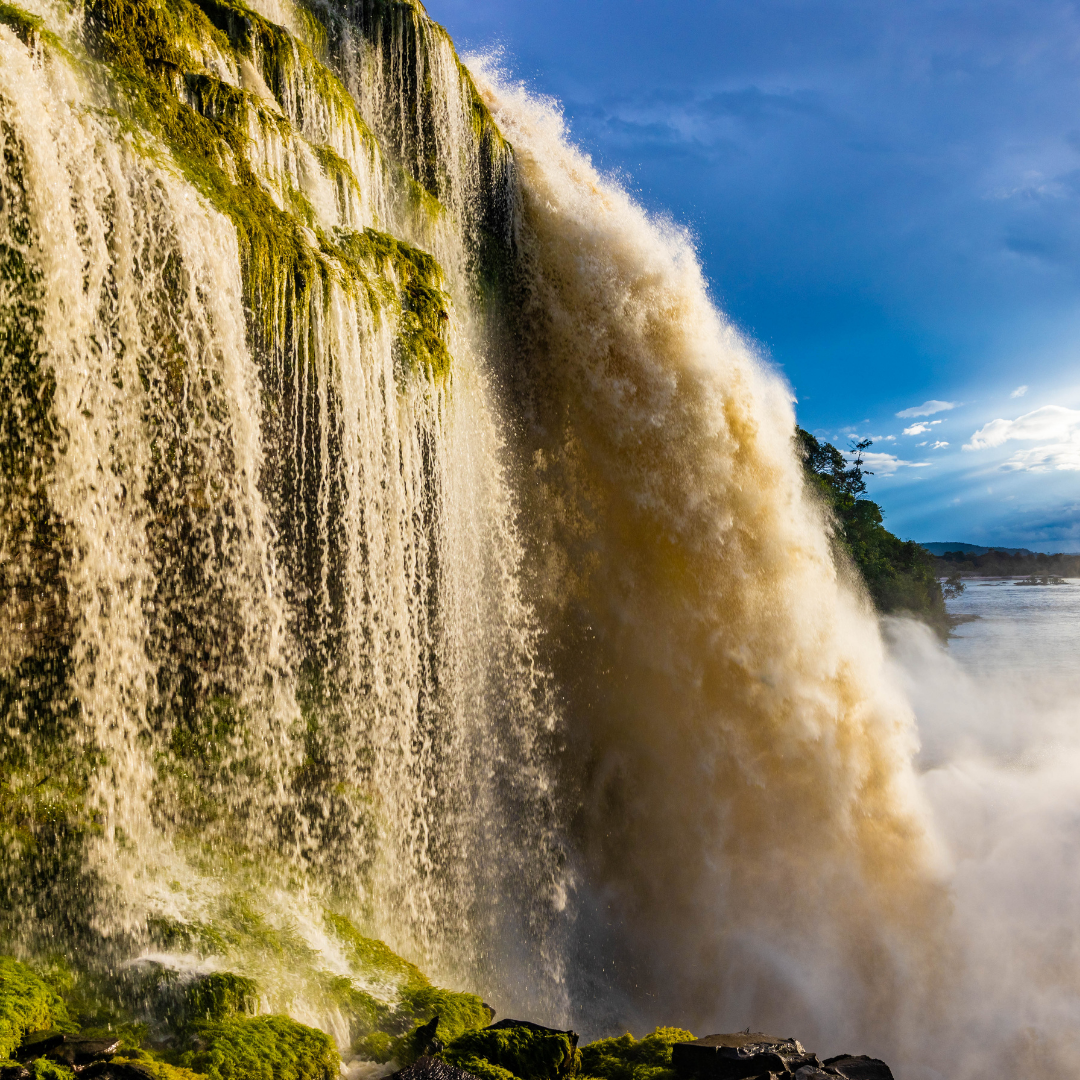Canaima National Park: Sailing to the UNESCO World Heritage Site

Nestled in the south-eastern region of Venezuela, the Canaima National Park unfurls over a sprawling three million hectares, offering one of the planet’s most stunning natural spectacles. Recognized as a UNESCO World Heritage site in 1994, this national park not only boasts the world’s highest uninterrupted waterfall, Angel Falls, but is also a haven for countless species of flora and fauna. Sailing to this breathtaking destination promises a communion with untouched nature, an understanding of indigenous cultures, and a glimpse into the ancient geological formations that have remained virtually unchanged for millennia.
Canaima: A Breathtaking Expanse of Wilderness
Canaima is not just a destination; it’s an experience. It’s a vast mosaic of varied ecosystems, from savannas to dense forests, from tepuis (tabletop mountains) to serpentine rivers. The Gran Sabana region, a major portion of Canaima, boasts of rolling grasslands interspersed with rivers, waterfalls, and forests. These terrains often appear to blur the lines between reality and fiction, evoking a feeling of being in a world untouched by modern civilization. This almost ethereal beauty is punctuated by the park’s lagoons, with waters that sometimes mirror the reds, oranges, and pinks of the sky, thanks to the presence of tannins from surrounding vegetation.
Tepuis and Tabletop Mountains: The Park’s Unique Geology
Among Canaima’s most iconic landscapes are its tepuis. These are flat-topped mountains or mesas with sheer walls. The largest among them, Mount Roraima, serves as a natural tri-point border between Venezuela, Brazil, and Guyana. These tepuis are considered some of the oldest geological formations on Earth, dating back to around two billion years ago. The uniqueness of the tepuis lies in their isolation, which has led to the evolution of distinct ecosystems atop each one. With countless waterfalls cascading down, including the Angel Falls from the Auyán-tepui, these mountains are a sight to behold and a testament to the geological wonders of our planet.
Indigenous Communities and Their Relationship with the Park
The Pemon are the indigenous inhabitants of the Gran Sabana, and their history with Canaima spans centuries. These communities live in harmony with nature, considering the tepuis as sacred, often referring to them as the ‘home of the gods’. Their myths, legends, and folklore are deeply intertwined with the park’s landscapes. The name ‘Canaima’ itself is derived from the Pemon word for ‘spirit of evil’. To understand Canaima fully, one must also understand and respect the deep spiritual and cultural bond the Pemon have with this land, ensuring that their traditions and beliefs are preserved.
Wildlife Spotting in Canaima: From Jaguars to Harpy Eagles
Beyond its geological wonders, Canaima is a thriving hub of biodiversity. The park houses various habitats, making it home to an array of wildlife. Majestic creatures like jaguars and pumas tread silently in its forests, while the skies above resonate with the calls of more than 500 bird species, including the imposing harpy eagle. The tepuis, due to their isolation, house species that are found nowhere else in the world. This makes wildlife spotting in Canaima a thrilling experience for enthusiasts, with each sighting telling a story of evolution, adaptation, and survival.
Activities and Adventures: From Boat Tours to Hikes
Sailing into Canaima offers myriad opportunities for adventure. Boat tours on the Carrao River leading to the base of Angel Falls are immensely popular. These journeys offer panoramic views of the tepuis and a closer look at the diverse aquatic ecosystems of the park’s waterways. For the more intrepid, hiking trails lead to some of the park’s iconic locations. The trek to Mount Roraima, though challenging, is rewarding with its unparalleled vistas. Camping under the stars, surrounded by nature’s chorus, adds another layer to the Canaima experience.
Environmental Conservation in Canaima
The vastness of Canaima National Park makes it a significant reservoir of biodiversity, playing a pivotal role in global environmental balance. Conservation efforts are crucial, given the increasing threats from illegal mining, deforestation, and encroachments. Both the Venezuelan government and local communities collaborate in conservation initiatives. Efforts are also underway to promote sustainable tourism, ensuring that visitors leave minimal ecological footprints while also contributing to the local economy.
Planning a Visit: Tips and Recommendations
Visiting Canaima requires careful planning. The park’s remote location necessitates essential preparations. Malaria prophylaxis is recommended, given the presence of mosquitos. While the park is accessible year-round, the wet season (June to November) offers the best views of the waterfalls but can also present challenges with swollen rivers. Local guides, often from the Pemon community, are invaluable, not just for navigation but also for their knowledge of the park’s history and ecology. Being respectful of local customs, avoiding littering, and opting for eco-friendly accommodations are small steps towards ensuring a sustainable and enriching experience.
Canaima National Park, with its arresting beauty, unique geological structures, and rich biodiversity, offers a journey like no other. Sailing into this UNESCO World Heritage site is akin to stepping back in time, where nature’s rhythms dictate the course of days, and human history melds seamlessly with timeless landscapes. A visit to Canaima is not just about witnessing nature’s grandeur; it’s about understanding our planet’s history, our place within it, and our responsibility towards its preservation. Each ripple in its waters, each rustle in its forests, echoes a story waiting to be discovered, revered, and passed on.


